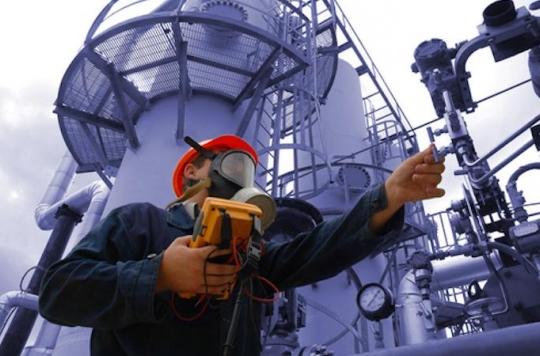The legislators have modified the tables of occupational diseases and have integrated two pathologies linked to exposure to chemicals.

In 2014, 52,000 occupational illnesses resulted in a work stoppage, according to the Ministry of Finance. Beyond human tragedies, occupational diseases represent an economic burden and affect all sectors, from construction to the secretariat.
Over the years, legislators add new diseases to the tables of occupational pathogenic exposures, new sufferings covered by Social Security, linked to working conditions.
a decree published this Sunday in the Official Journal thus introduces two new pathologies. The first is caused by exposure to vinyl chloride monomer, a synthetic chemical compound used in the manufacture of plastic (PVC). The substance is classified as a proven carcinogen by the IARC (International Agency for Research against Cancer) for hepatic angiosarcoma and hepatocellular carcinoma, two forms of liver cancer.
Hepatocellular carcinoma
Until now, only angiosarcoma has been recognized as a cancer linked to exposure to vinyl chloride. Angioneurotic disorders of the fingers and toes, as well as osteolysis (destruction of bone tissue) of the nail phalanges of the hands and portal hypertension syndrome, were also included in Table 52 of occupational diseases.
This table is supplemented by a “table 52 bis” which includes hepatocellular carcinoma among the occupational diseases caused by exposure to vinyl chloride monomer. The reimbursement period is 30 years, subject to an exposure period of at least six months.

Table 52 bis (Official Journal)
Leukemia
Another newly recognized occupational disease is chronic myeloid leukemia, linked to exposure to butadiene, a carcinogenic and mutagenic gas used in the manufacture of synthetic rubber, nylon and in the refining of petroleum fractions. A new painting, n ° 99, thus appears. It incorporates this leukemia and will bring together all the hemopathies caused by butadiene and the products that contain it.
Finally, the decree modifies the coverage of other occupational diseases of the knee. The duration of the compression of the external popliteal sciatic nerve (SPE), linked to prolonged positions in forced flexion of the knee (sitting on the heels or squatting) is increased to 90 days (instead of the current seven).
The tendonitis sub-quadriceps and crow’s feet tendinopathy, objectified by ultrasound, can be treated within 14 days (instead of seven).
Finally, the iliotibial band syndrome, objectified by ultrasound, is included as a new recognized occupational disease in Table 57. For the ankle, the time taken to manage Achilles tendinopathy, objectified by ultrasound, is also increased to 14 days instead of seven.

Table 57 (Official Journal)
.















